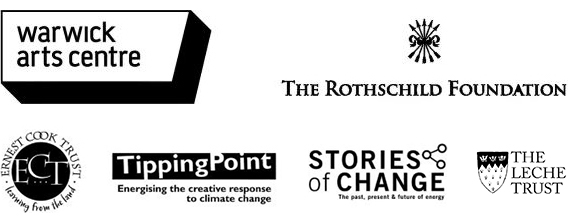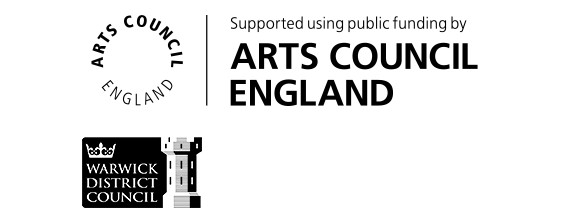‘Improvising’ is just another name for playing. The moves are not set; you are free to respond to your surroundings, the music, your instincts, the mood, and other dancers. Allowing the mind to free-associate in this way may feel discomforting initially, but can lead to interesting and unusual ideas. The first time the Motionhouse dancers came together to begin creating Charge, the 3D set was already in place and part of every rehearsal in the first few weeks was spent just playing on it; testing out things they had done before and finding new possibilities. The strop duets emerged from an improvisation one lunchtime that was recorded, added to the list of scenes on a whiteboard in the rehearsal studio and eventually developed to become the heart and structural architecture of Charge.
The Strop Duets
Improvisation and play
Junior Cunningham on The strop Duets
The tricky bit (as Becci commented when they came to work on that scene a few months later) is not to lose the magic when you set about fixing the movement for performance.
- SET UP A ROOM with whatever is to hand – chairs, tables, a broom, a pile of books, a rail of costumes; some could be upturned, in a pile or in carefully sculpted shapes. Ask each student for something from their bag and add it to the scene. Dim the lights. Play a piece of music from the Charge soundtrack which will allow space to think, reflect and respond.
- Invite students into the room and tell them to find a starting position. Their task for the next couple of minutes is to be still and just look around, watch and listen.
- Pick a prop. They should spend the next few minutes playing with it: what sort of action does the prop suggest? Can they use it to travel, fly, rotate, roll, spin, turn, jump, slide, topple, collapse, crawl; can they move over, on it, under it, through it, around it?
- Once underway, stop periodically to change the focus.
– use the prop for something other than its normal use
– try to move away but be always drawn back to it
– gain and maintain eye contact with one other dancer
– try to gather other props from other dancers
– exchange props with another dancer
– place props as obstacles in the path of a dancer
- Allow the improvisation to develop and record the session. Watch it back noting interesting ideas at each new stage.
- Choose a prop and pursue the material, developing, expanding, testing one idea at a time to explore its possibilities and push it as far as it will go:
Example: a book
- What can you do with it? open it, snap it shut, read it silently or out-loud, sink to the floor, slide it away, snatch it up, toss it in the air, catch it, slam it to the floor, use it as a pillow, build a tower etc.
- Imagine the prop has a life and energy of its own leading you to overbalance, stretch, twist, fall, twitch. Is there a battle? Do you wrestle back control or give up?
- Build a sequence of ideas with your prop as the central feature. To avoid things becoming too pedestrian, include classical, contemporary & jazz features (a rise in 5th, a pirouette, a balance, an arabesque etc.)
- Draw a floor pathway for the above: it may involve straight lines with sharp corners; curves or spirals; might spell out a word, draw a shape. Walk through it several times to remember it, then travel your phrase along this pathway.
- Perform the sequence as if charged by an intermittent flow of electricity that falters, slows, stops, stutters, restarts and surges.
- In pairs, perform the individual phrases together in the space; ignoring, watching, crossing, circling. Find a moment of complementary action. Find ways of interacting – you could pass props hand to hand or throw and catch them across the space, demonstrate or mimic a movement etc.. Create a moment of precise or complementary unison.
- Choreograph all these elements into a duet.
Try the dance to different accompaniments – classical, pop, blues, orchestral – how do the tracks affect the way you perform?


